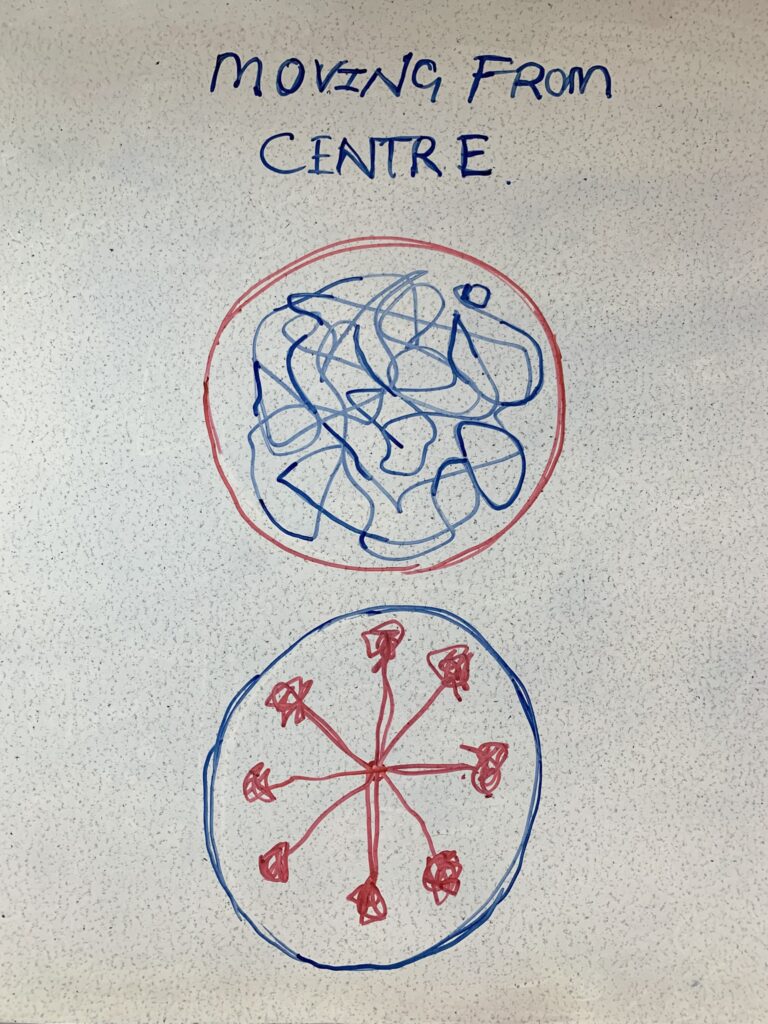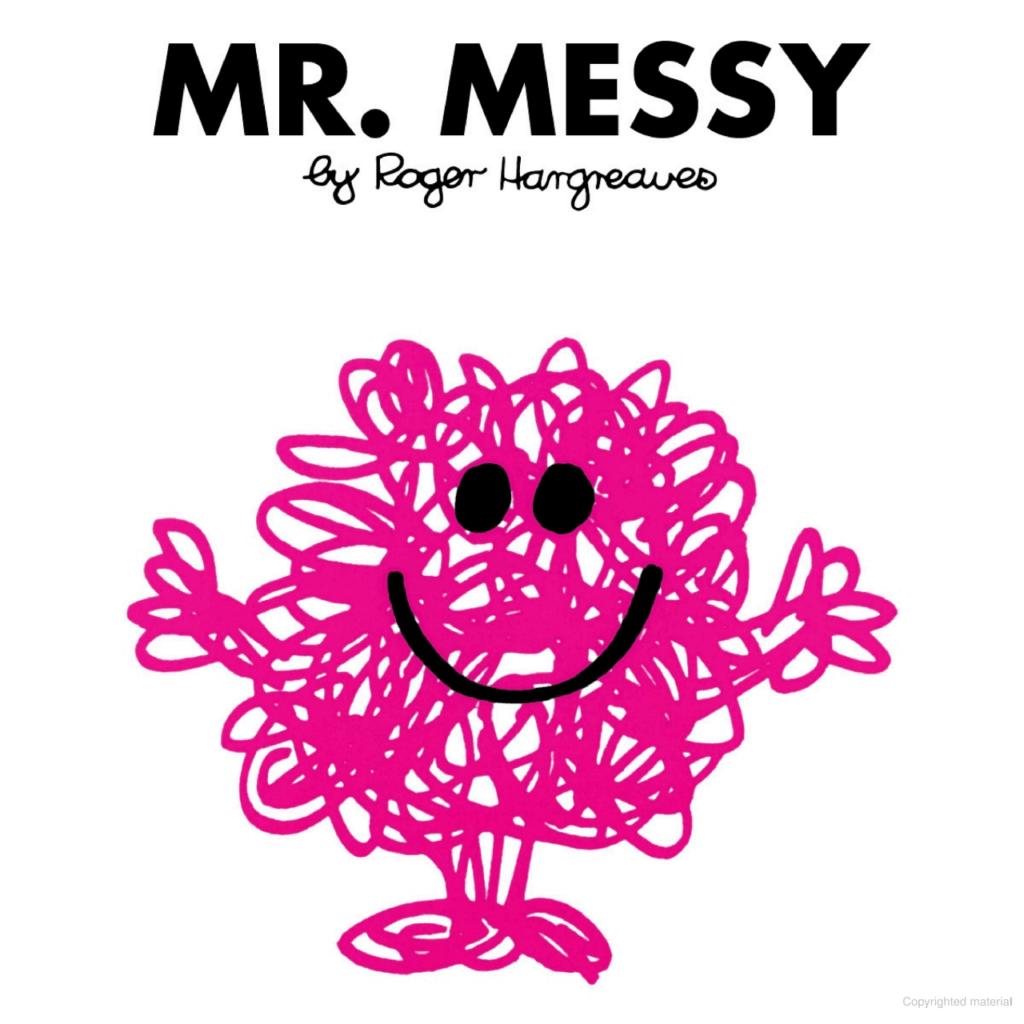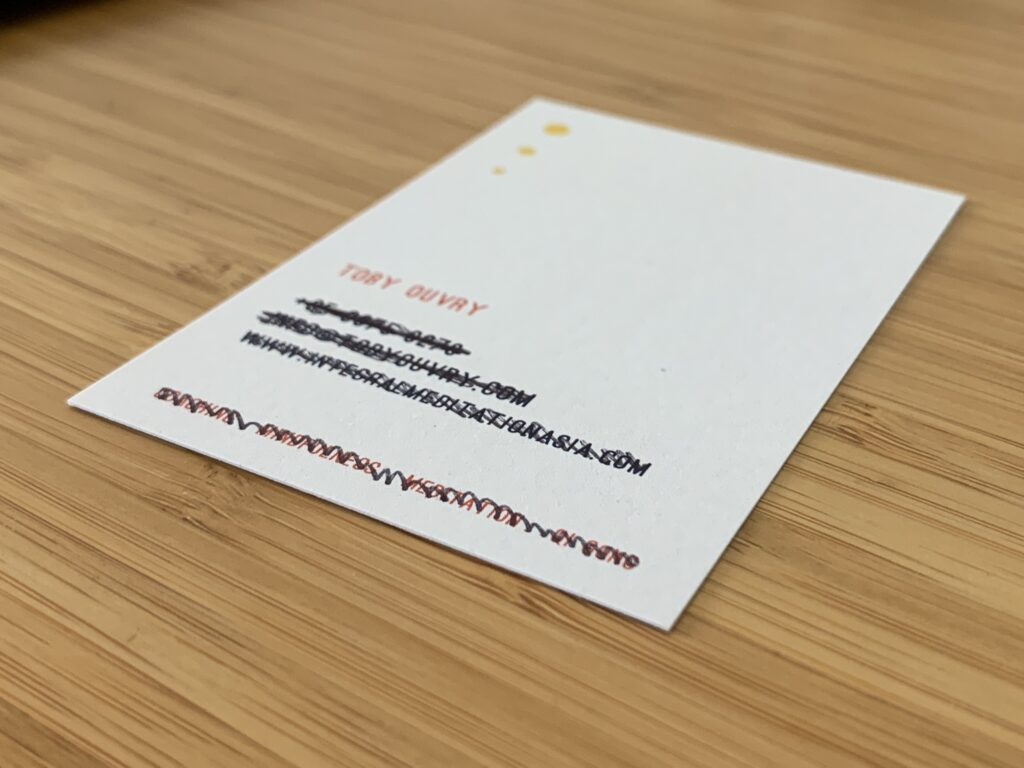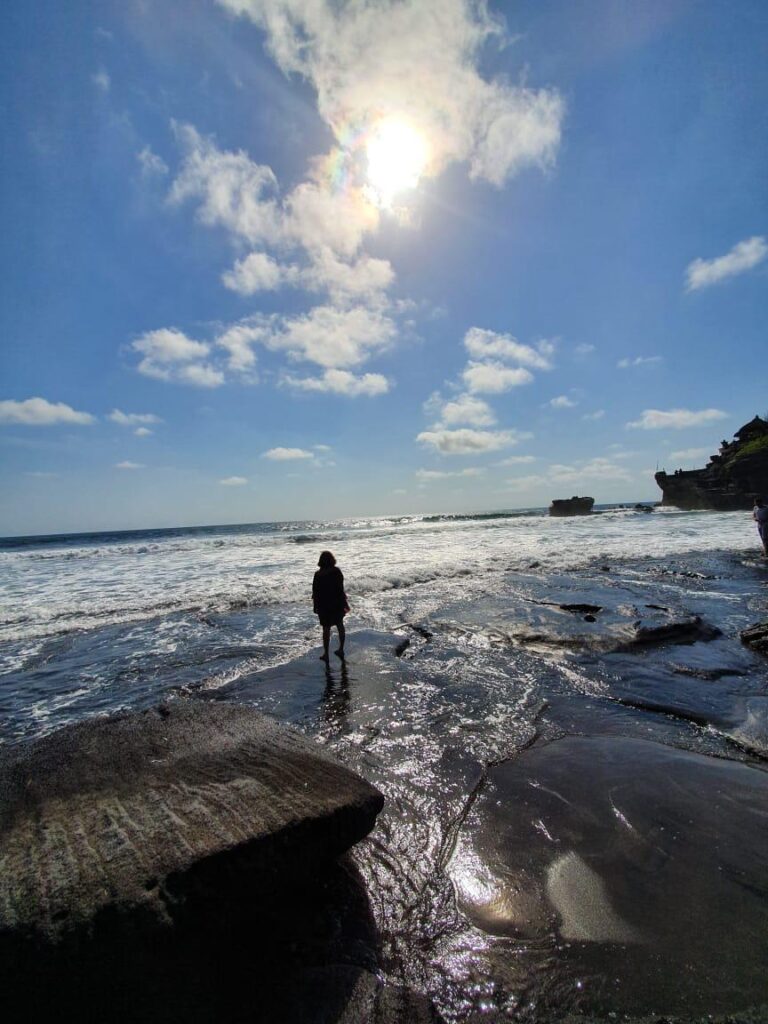“A meditator sits in the hub of the wheel without being lost in the spinning”

Moving from center – a diagram of how meditation works
In this short piece I want to show you and explain a diagram that I draw frequently in my workshops, organizational trainings. It’s a way of explaining how meditation makes things better for those that practice it. it is called ‘Moving from centre’.
Moving from center
In the diagram you can see there are two circles, both represent someone’s consciousness in daily life and then patterns that it flows in. Here we might define meditation as ‘a way of moving back to your center’;
- back to the present moment
- back to awareness of your body and breath
- back to the central reason you are doing something
- back to what you were intending to focus upon
- back to what is most important
All of these are examples of ‘coming back to center’ as a meditative act.
The top circle represents someone who does not meditate, or who has no mechanism for moving regularly back to their inner-center. You can see that basically their pattern of consciousness is basically a big squiggle; all their activities, and the thoughts, emotions and impulses that accompany them are all getting mixed up. One activity bleeds into another, one thought leads sideways to another unrelated thought. Emotional states from work come back home at night, worries from home come into your work activities.
Mr Messy

When I was a child there was a character in a story called Mr Messy. He was a guy who was completely chaotic, and whose body was basically just a big squiggle. Many peoples mind and energies are like this, which is tiring and inefficient, but also not a lot of fun…
In the second circle, you can see that the pattern of consciousness has changed, there is now a center-point with lines leaving and returning from it. At the end of these lines are little squiggles, representing daily activities, physical, mental emotional. This is the pattern of consciousness of a meditator. S/he may not be doing anything different from the person in the first diagram, but the way in which their consciousness relates to the activity is different, Going something like this:
- Wake-up, center, make breakfast, organize,get kids to school, center
- Off to work, staying centered during commute, arrive relaxed and ready
- Center around the first task of the day, relax into it
- Have a challenging meeting, heated conversation, difficult emotions, center afterward
- Lunch, use food to center, aware of but not lost in emotions from meeting
- Afternoon, center around first activity, relax into it
- Going home, center, don’t carry work into interactions with family
- Center around the dinner, reflect on the day
….and so it goes on, the same day, but experienced differently. A meditator sits in the hub of the wheel without being lost in the spinning. They center in the eye of the storm as it blows around them. When you go through life moving to and from center, the sense of harmony and balance that comes from this results in a profound change. The externals don’t change, the internal strong emotions and mental busyness comes and goes like it did before, but we experience it differently.
Welcome to the world of the meditator.
Last week’s article: Scratching out your name card, & other gateways to Zen meditation
© Toby Ouvry 2025, you are welcome to use or share this article, but please cite Toby as the source and include reference to his website www.tobyouvry.com
All upcoming classes & workshops
Ongoing on Tuesday’s & Wednesday’s (live & online), 7.30-8.30pm – Weekly integral meditation classes
Tuesday 2nd & 3rd September, 7.30-8.30pm, & then weekly – Integral Meditation from the Perspective of Zen – A 10 week series
Saturday 6th September, 5.30-6.15pm, & then weekly – Zen meditation Deep-dive – A 10 session practice series
Saturday 20th September, 5.30-6.30pm – Autumn equinox balancing & renewing meditation
Saturday 20th September, 9am 12.30pm – The Six Healing sounds: Qi gong for Self-Healing & Inner Balance Workshop
17 Oct 2025, 8am-12pm & 21 Nov 2025, 8am-12pm – The wisdom of Zen meditation practice retreat & course, levels 1&2
Saturday 29th November, 7-9pm – Living Life From Your Inner Center – Meditations for Going With the Flow of the Present Moment
Follow Toby on: LinkedIn, YouTube, Instagram
Integral Meditation Asia
Online Courses * 1:1 Coaching * Books * Live Workshops * Corporate Mindfulness Training *Life-Coaching * Meditation Technology









